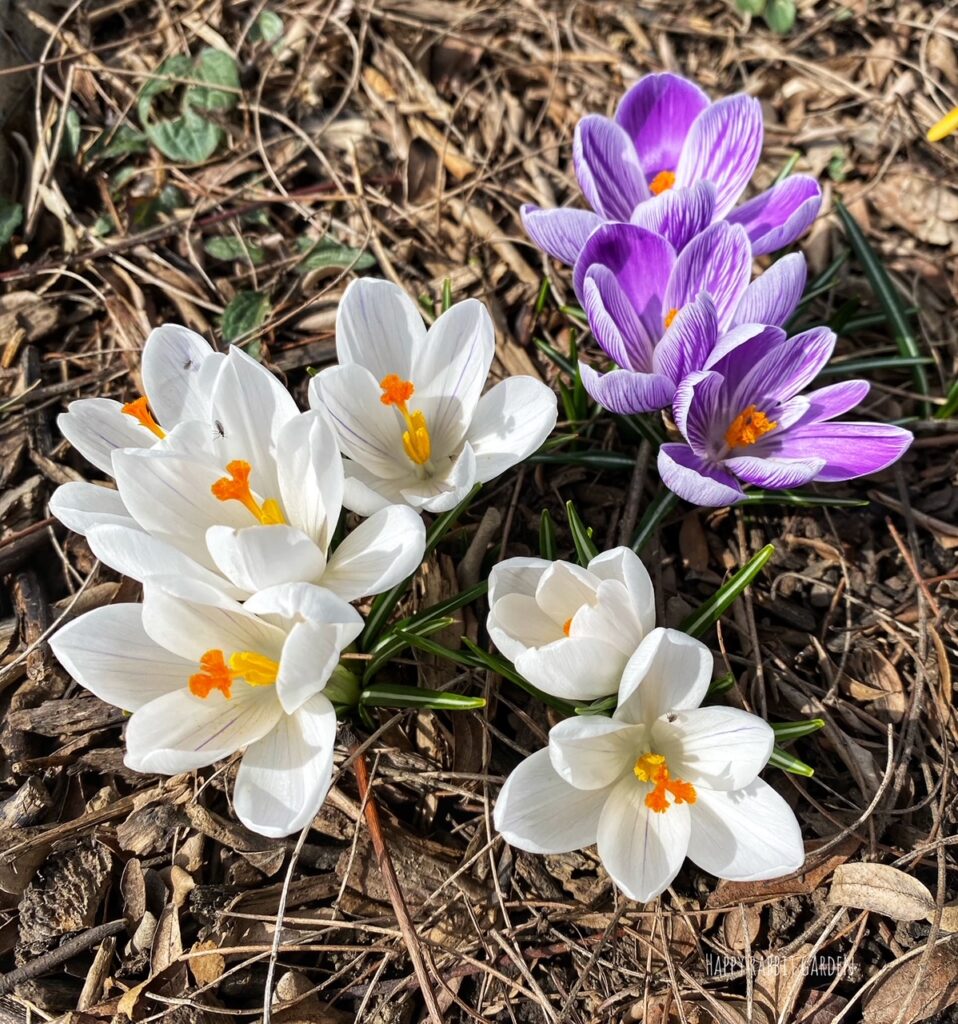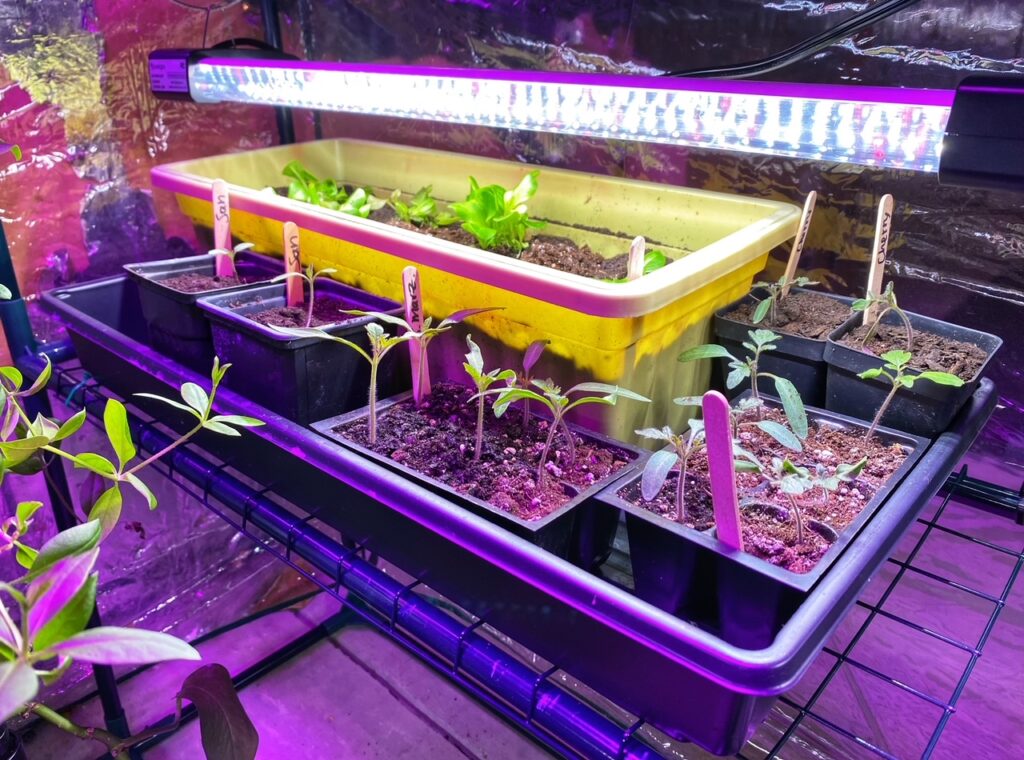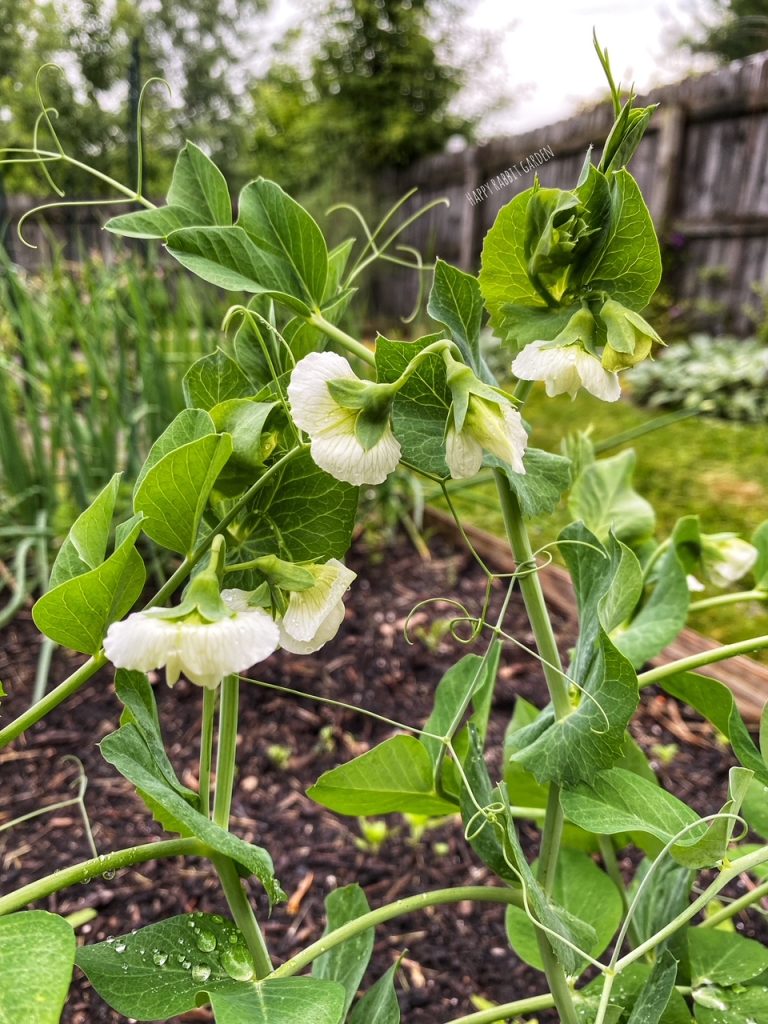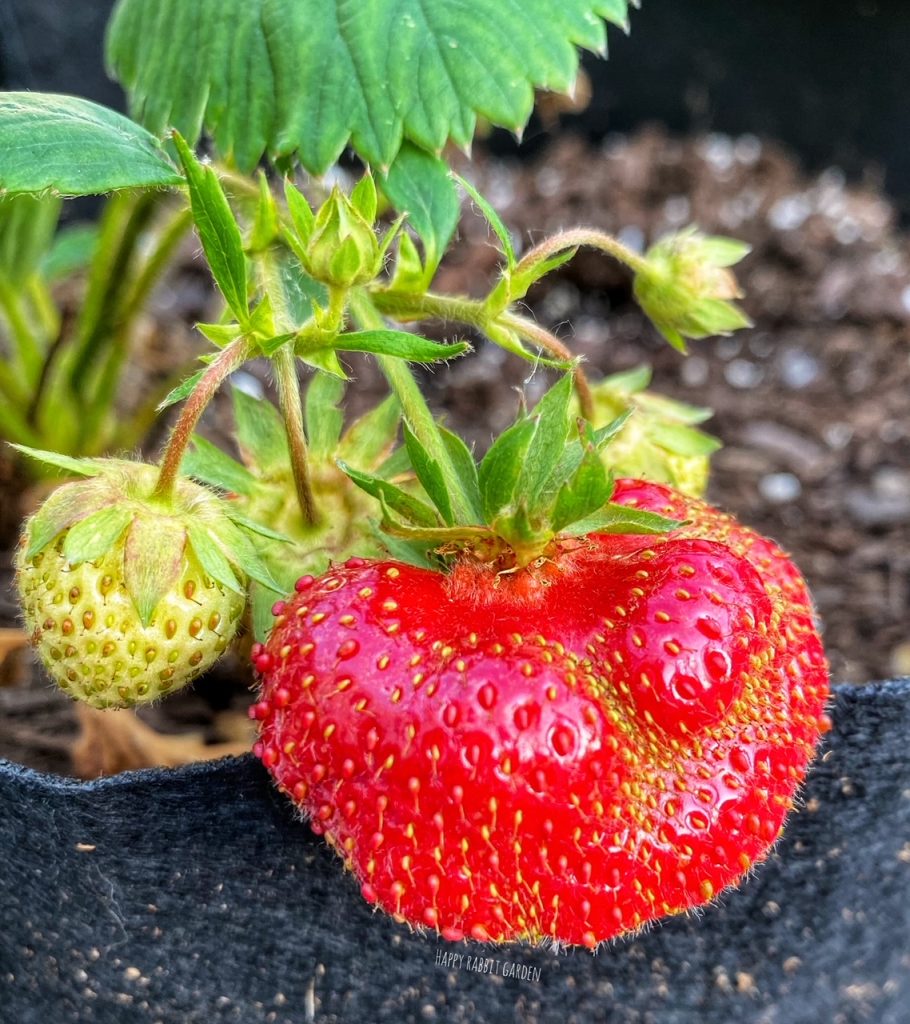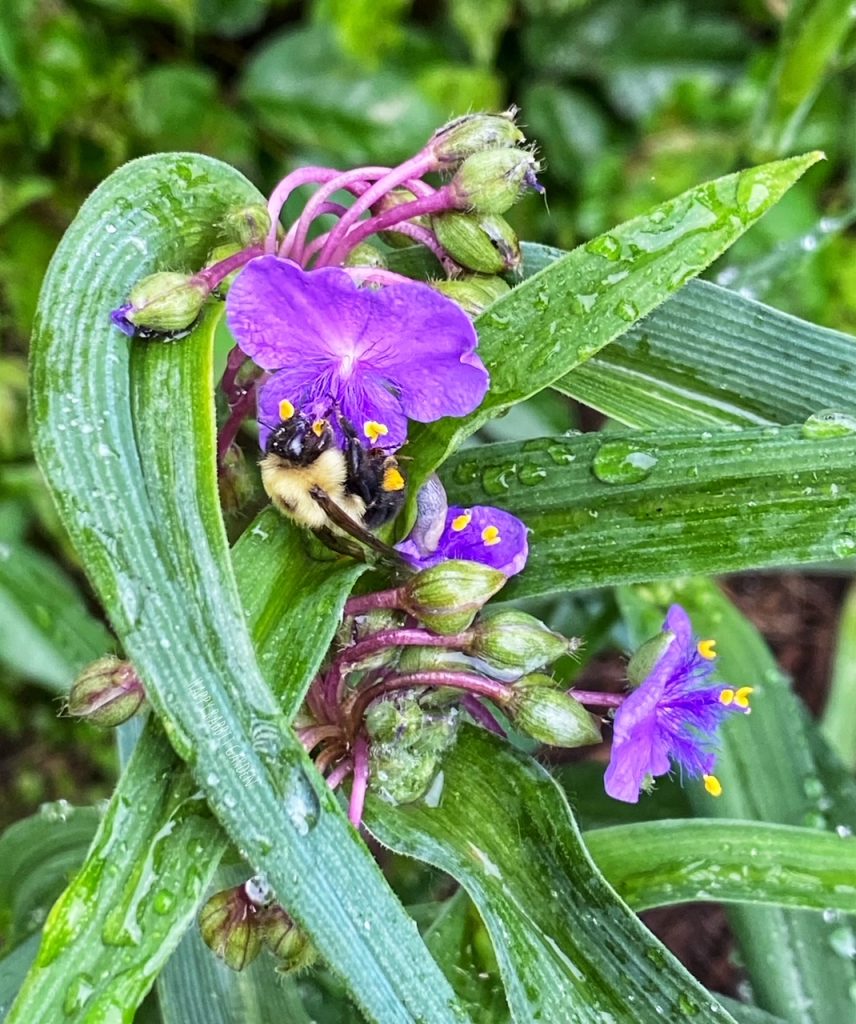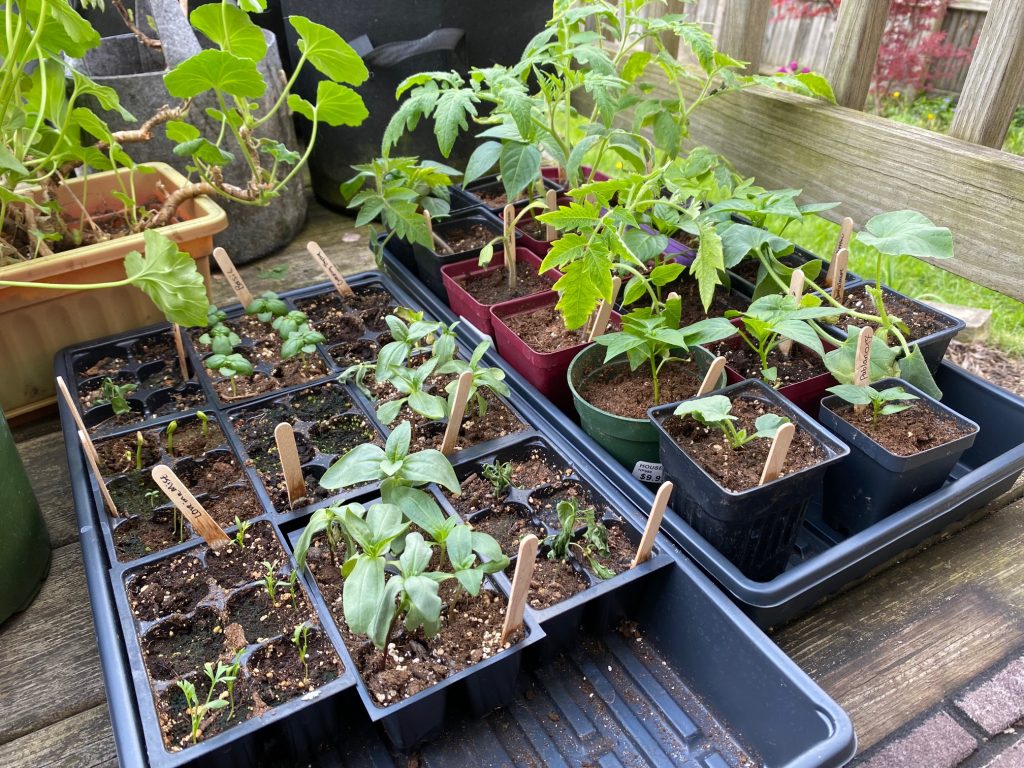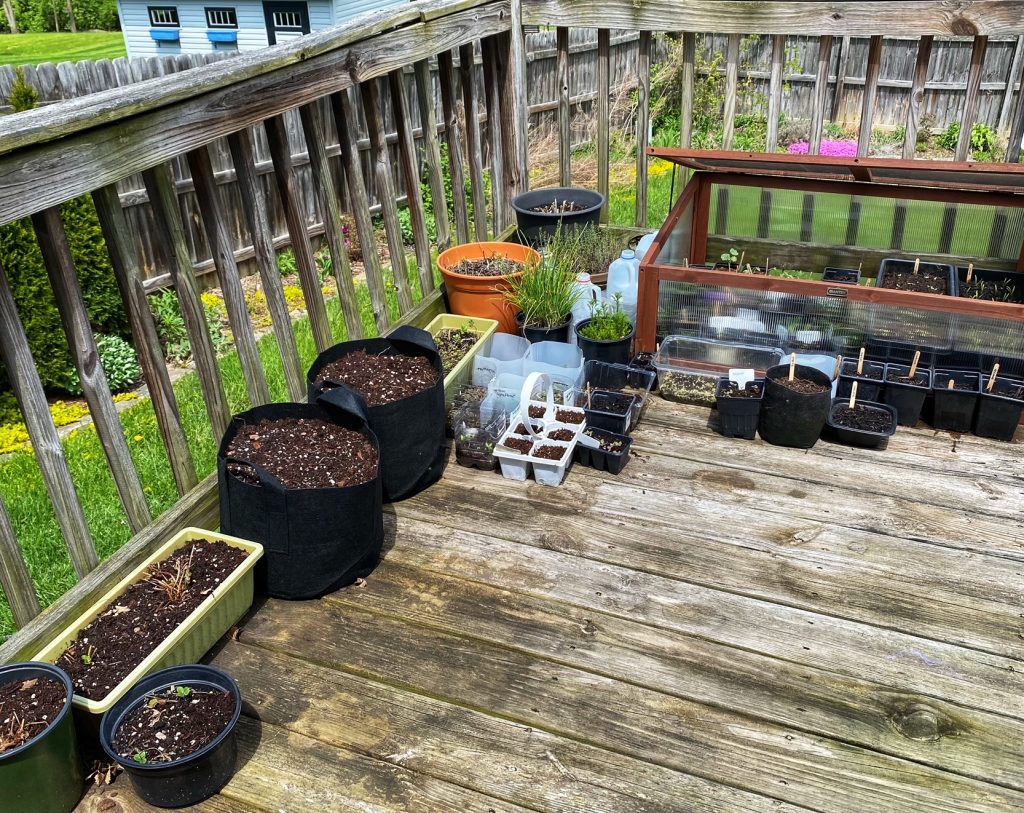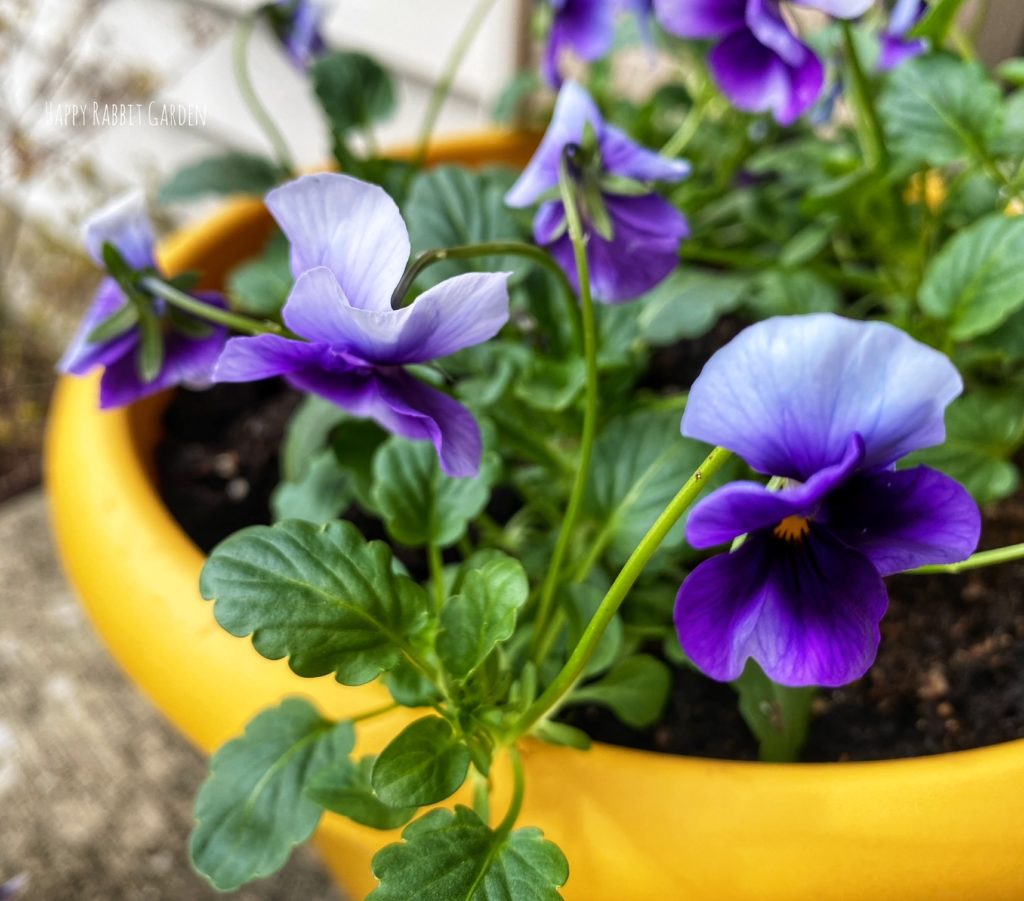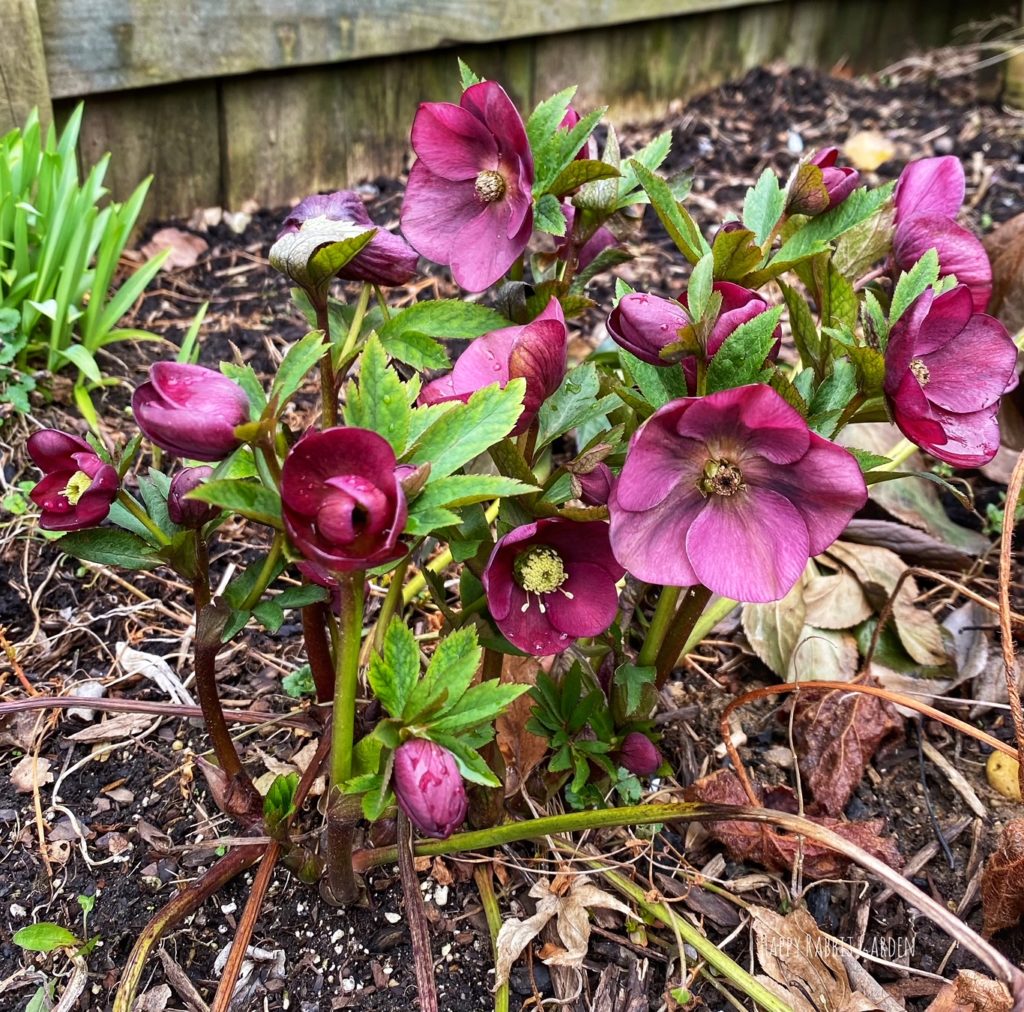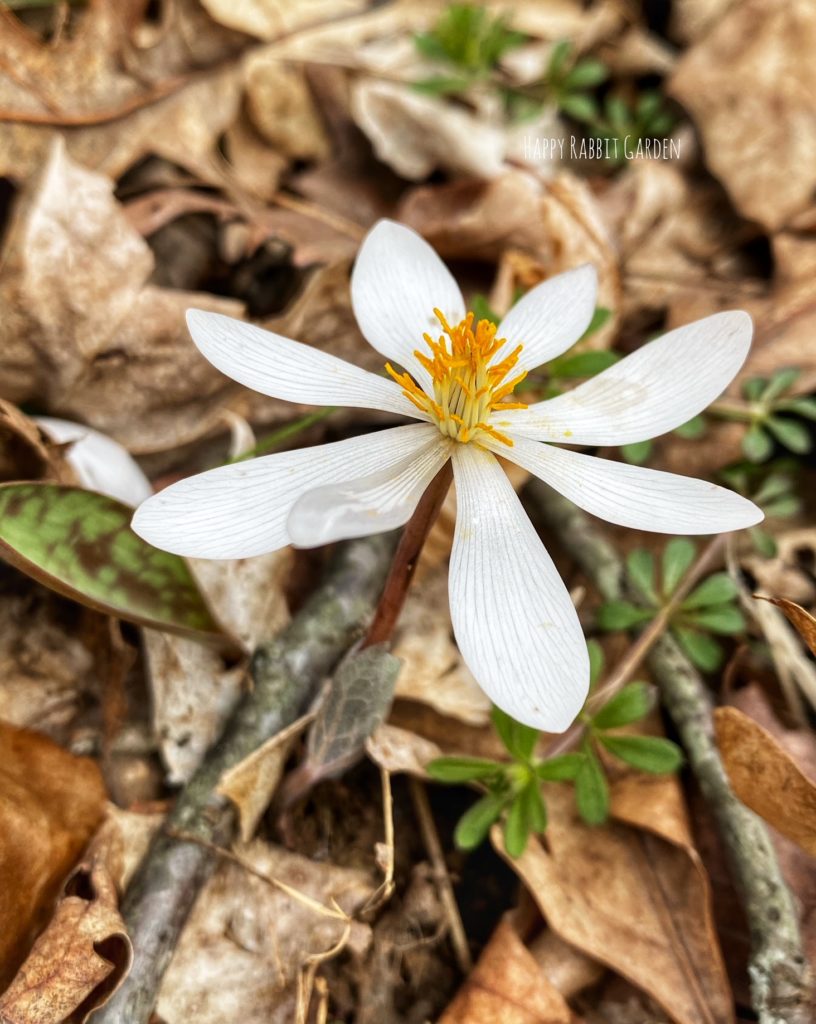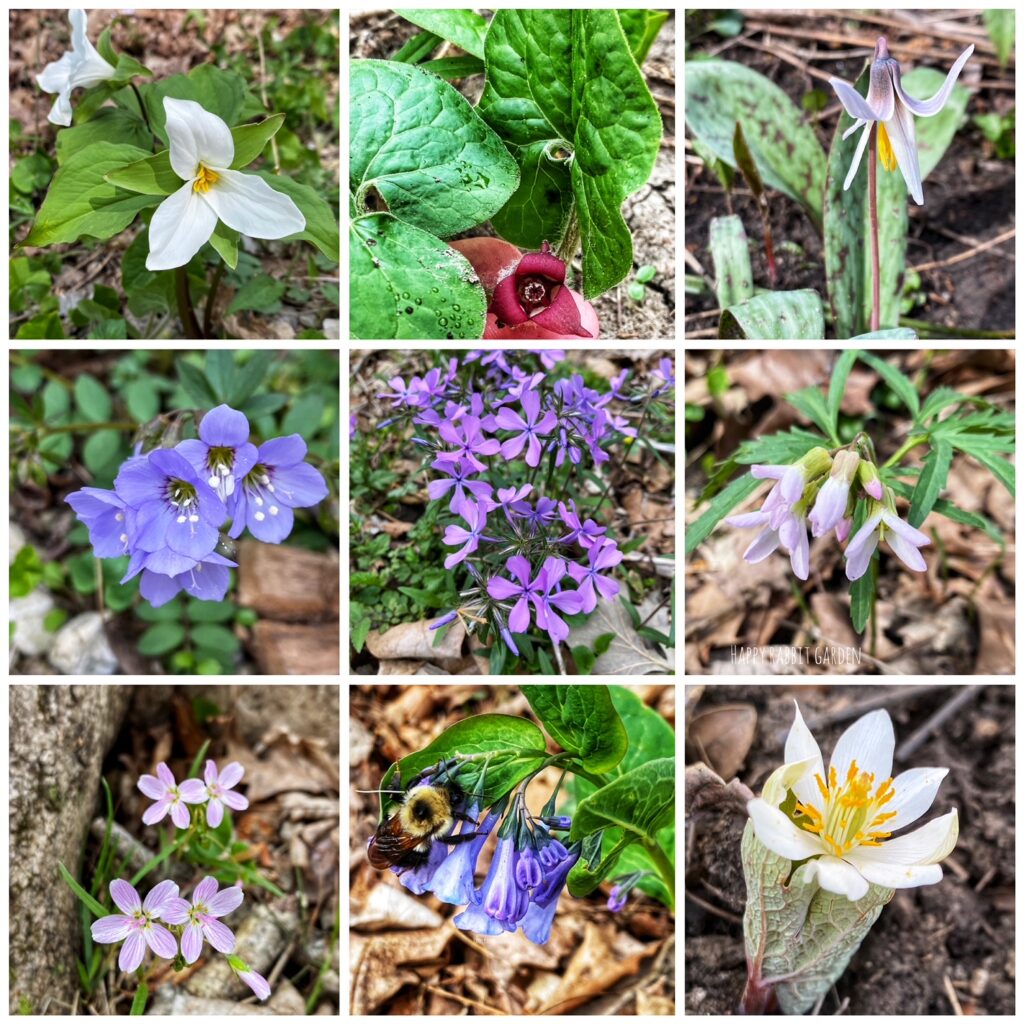
We’ve been having lovely weather lately: warm, sunny days in the 70s. Cool evenings. Low humidity. The garden is awake and thriving, and I’ve been spending lots of time outside working on projects and just trying to soak up all the joys of the season. The pollinators and other insects are emerging, and watching the carpenter bees happily buzz around while we’ve been out spreading leaf compost and planting has really given me a mental boost.

April in Ohio is officially Native Plant Month, and watching all the native wildflowers come alive again is one of my favorite parts of the entire year. We’ve included quite a few native wildflowers in our own garden to enjoy: bloodroot, wild geranium, dutchman’s breeches, jack-in-the-pulpits, rue anemone, wild ginger, trout lilies, woodland phlox, spring beauty, great white trillium, and common blue violets. Spring ephemerals are perennial flowers, mostly found in woodlands. They like life in the shade, sprouting up in early spring before the leaves on the trees branch out, shading the ground where these flowers grow. Spring ephemerals bloom for a very short window of time, in some cases like bloodroot, just for a single day. They provide very important nectar and pollen sources for the pollinators which are emerging from their winter shelters. Many native plants aren’t yet in bloom, and without our spring ephemerals, these important members of our ecosystems wouldn’t have the food and resources they need to stay alive.
I’ve been checking out the wooded trails at the local park a few times a week, because new flowers emerge daily, and it’s such a treat to watch them all in this short window of time. Back in our own garden, I’ve been regaling the husband with the play-by-play as each of our own spring ephemerals sprout, and the neighbors probably wonder who the heck I am, outside in my pajamas, hovering over tiny flowers with my camera, cooing at the ground about 55 times a day.
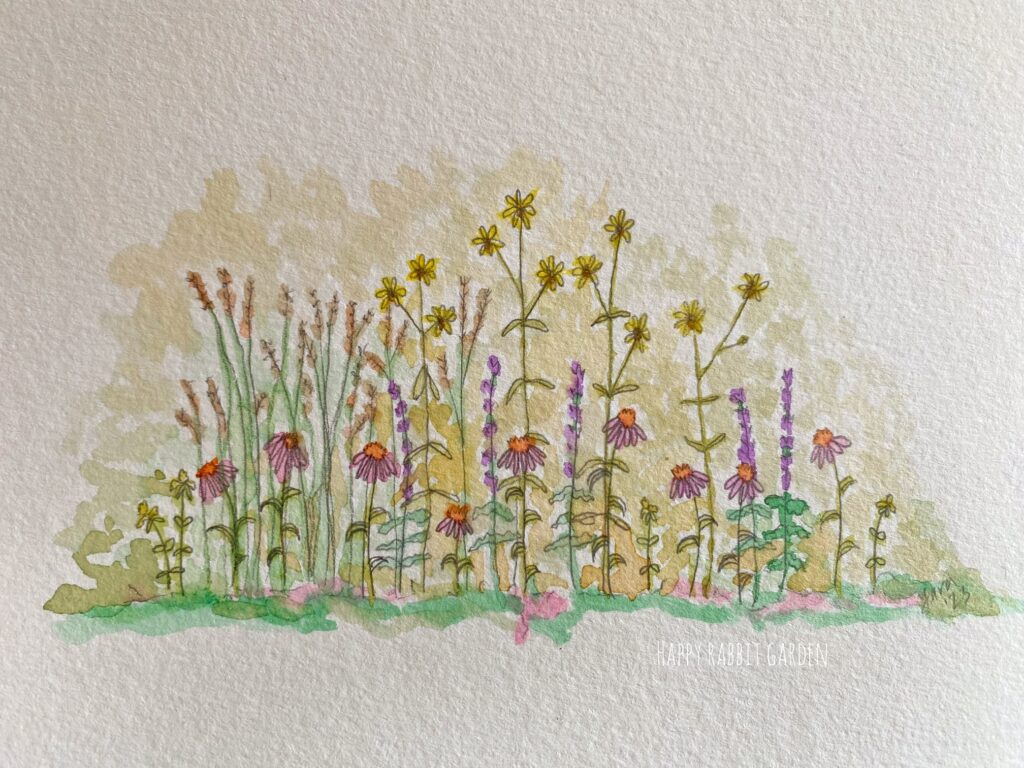
Warm weather has brought with it a list of the usual springtime gardening chores. Unlike my pile of laundry, I don’t tend to avoid these. After a few months away while winter did its thing, I’ve been more than ready to get my hands back in the soil. We ordered a pallet of leaf compost and have mulching all the beds with it. As the mulch goes in, I’ve been slowly cleaning up the beds from last year. Once the temps are above 50 degrees for at least a week, the insects that overwinter in last years plant stems are awake, and it’s ok to cut them back. Our plant debris goes into a large pile under the deck to slowly compost and provide habitat to birds and other insects.
Our new fence was installed a few weeks ago, a long overdue process. On one side of the house, our neighbors also have a fence, so we didn’t put a fence back on that side. Now, there’s about 8″ of extra growing space. In that space, there were a few invasive species that somehow grew up between the fences. We spent a satisfying afternoon ripping out a callery pear tree (now illegal to sell or buy in Ohio, finally!), some multiflora rose, and a thicket of amur bush honeysuckle. We’ve moved a few plants around and I’ve already hit up my favorite native plant nursery in Central Ohio, Scioto Gardens, for some great native shrubs and plants to replace the riffraff that used to be there. An arrowwood viburnum, black and red chokeberries, and allegheny serviceberry will all be providing habitat and food to the local birds and insects. I also grabbed some purple prairie clover, wild ginger, lady ferns, hardy aster, spring beauty, and more dutchman’s breeches to pepper into other spots in the garden.

Food-wise, the produce sections of the garden are also steaming ahead. The basement greenhouse is packed with plants that I’ll very soon be hardening off and planting. (Just a reminder to check your last frost date before planting any tender annuals, like peppers, tomatoes, or flowers like dahlias, unless you plan to cover them on frosty evenings!). Outside, the coldframe is also hopping. We’ve been harvesting lettuce and spinach, and the nasturtiums, chives, and native plants I have growing from seed are also coming along well. Our asparagus patch started sprouting this week, and the garlic, onions, leeks, potatoes, and carrots I’ve planted are also looking well so far. I’ve also started making some sweet potato slips, that I probably should have started months ago, but just about everything else is on track for a nice harvest.
Another project I’ve been meaning to work on for ages now finally was tackled today. I made a bug hotel! We had an old box that some wine came in, which I used for the frame. I stuffed it full of recycled materials from the garden: twigs from last fall’s locust tree trim, dried grasses from the latest northern sea oats display, hollow stems and dried flowers from the pokeberry plant, and some other odds and ends I found while wandering around the garden. The husband also drilled a few holes in some oak boards we’ve had in the garage from a past project for the bees to enjoy. I am so pleased with the way everything turned out. As I was carrying it out to its spot in the garden, I found a stinkbug on the kitchen window, so I escorted him into the hotel to be the first customer. Hopefully he left a nice review.
It’s starting to rain, but before I go check on the hotel again (maybe someone new found it already!), I wanted to share a list of a few small things you can do in your own gardens to help encourage more beneficial wildlife this gardening season:

Wishing you all a lovely season, as our gardens wake up and start to grow. Happy gardening!

